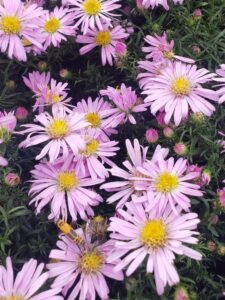
Figure 1. Chrysanthemums line the store front in September. Photo credit: Karen Mitchell
Fall is the time of year when many gardeners rush out to buy chrysanthemums by the gallon. Mums line the front of every shop and are great for replacing the fading annuals on the front step (Figure 1). As a perennial, mums have the potential to provide beautiful blooms year after year. However, gardeners may find that their mums aren’t as hardy as expected. Having been pampered by the plant nursery with just the right amount of water, fertilizer, and pesticides, the mum can suffer transplant shock once it’s planted in the ground and the pampering typically stops. Often times, it fails to produce the perfect ball of blooms the following year as expected. If you are looking for a quick fix for that empty container, chrysanthemums offer a great selection of color. If you are hoping for a hardy perennial, there are a number of asters that will thrive in Indiana gardens, with minimal pampering, while providing fall color and food for butterflies.
New England Aster (Symphyotrichum novae-angliae) is a full-sun herbaceous perennial that reaches 3 to 5 feet and offers bright purple flowers without the need for weekly watering or fertilizer. Maintenance is minimal. In early spring, the previous year’s plant material will need to be cut back and removed. If a more compact plant is desired, prune once or twice in early summer. No need to be fussy when pruning asters. Remove one-third of the height for a bushy plant with loads of flowers (Figure 2).
‘Wood’s Pink’ Aster (Symphyotrichum ‘Wood’s Pink’) has the same requirements as the New England Aster, but only reaches a height of 1 to 2 feet, making it more suitable for a border or along a path. With an incredible number of daisy-like flowers with a yellow center, it is a favorite amongst gardeners and pollinators (Figure 3).
- Figure 2. A New England Aster has been pruned to fit in a landscape bed outside a restaurant. Photo credit: Amy Thompson
- Figure 3. ‘Wood’s Pink’ Aster with a beneficial soldier beetle feeding on pollen and nectar. Photo credit: Karen Mitchell
Asters are also available in white and blue with heights ranging from 1 to 6 feet so there’s one for just about any size garden. For more information on these asters and other native plants, view the Pollinator Protection series at https://extension.entm.purdue.edu/publications/pubs/PollinatorProtection.html. The Recommended Indiana-Native Plants for Attracting Pollinators publication (POL-6) offers an easy chart to make sure your garden is blooming from spring through fall for both you and the pollinators to enjoy.

